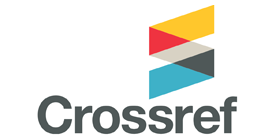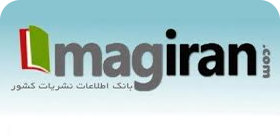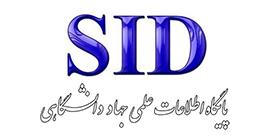Evaluating the Relationship between the Categories of the Obstacle Model of Creating Iraqi Learning Organizations (Case Study of Al-Qadisiyah and Kufa Universities)
Keywords:
Learning organizations, performance of organizations, educational organizations, universityAbstract
Purpose: Obstacles of creating learning organization cause a sharp decline in the performance of organizations, especially in educational organizations. Therefore, the aim of this study was to evaluate the relationship between the categories of the obstacle model of creating learning organizations. Methodology: This study in terms of purpose was applied and in terms of implementation method was descriptive from type of correlation. The research population were professors from Al-Qadisiyah and Kufa universities of Iraq with number 720 people and with using Cochran's formula, the sample size was estimated to be 251 people, which this number were selected by available sampling method. The research tool was a researcher-made questionnaire of barriers to obstacle of creating learning organizations with 69 questions, which data obtained its implementation were analyzed by methods of exploratory factor analysis and partial least squares in SPSS and Smart PLS software. Findings: The findings showed that the factor load of all questions was higher than 0.50 and significant, and the correlation coefficients of the categories of causal conditions, contextual conditions, intervening conditions, central phenomenon, strategies and consequences were less than 0.45, and indicating their non-overlapping. Also, content validity ratio and Cronbach and combined reliability of the categories were estimated higher than 0.70 and 0.80, respectively. In addition, according to the indicators of commonality and redundancy, the obstacle model of creating learning organizations had a good fit and the effect of causal conditions, contextual conditions and intervening conditions on central phenomenon, the effect of central phenomenon on strategies and the effect of strategies on outcomes were significant (P<0.05). Conclusion: The designed obstacle model of creating learning organizations can help to university officials in designing programs to remove obstacle of creating learning organizations











